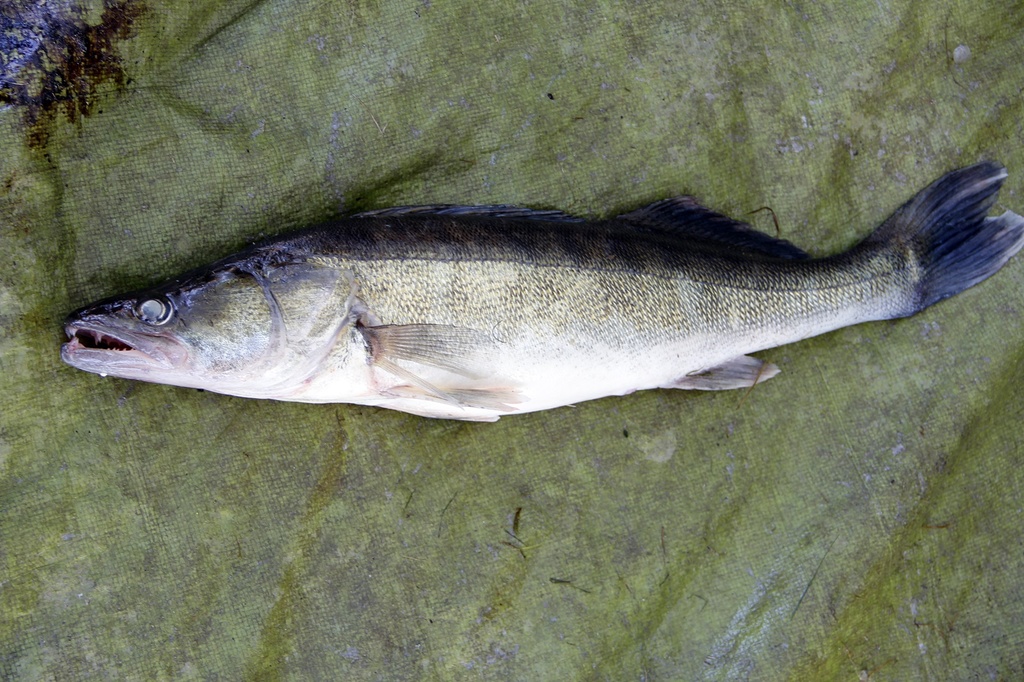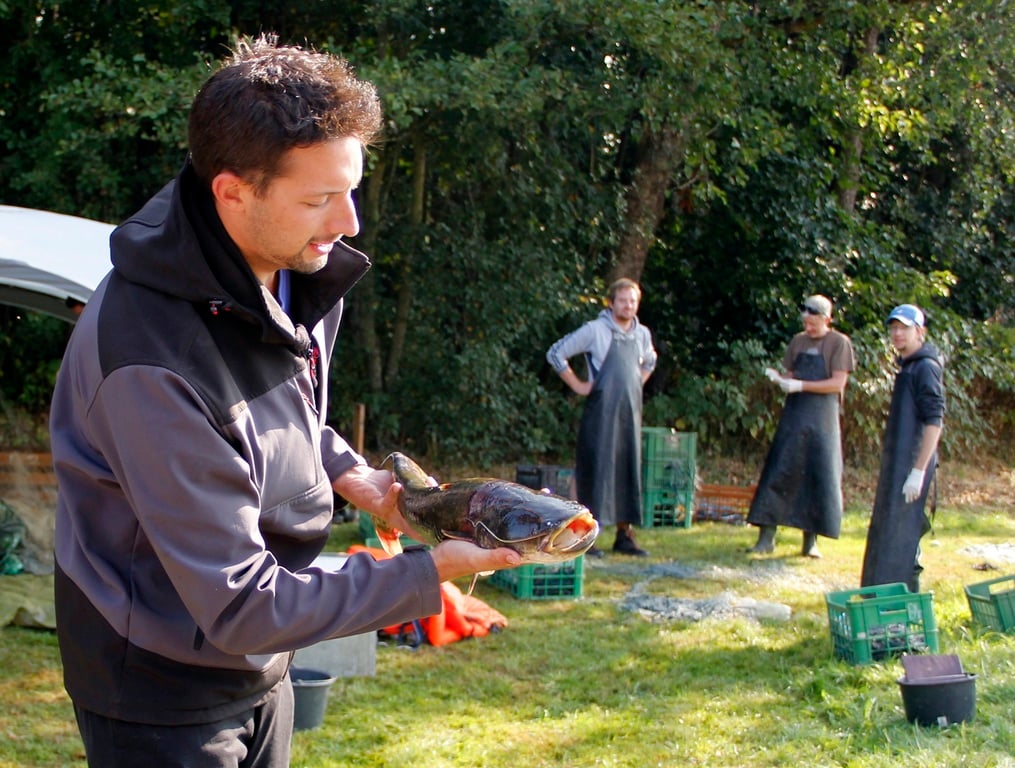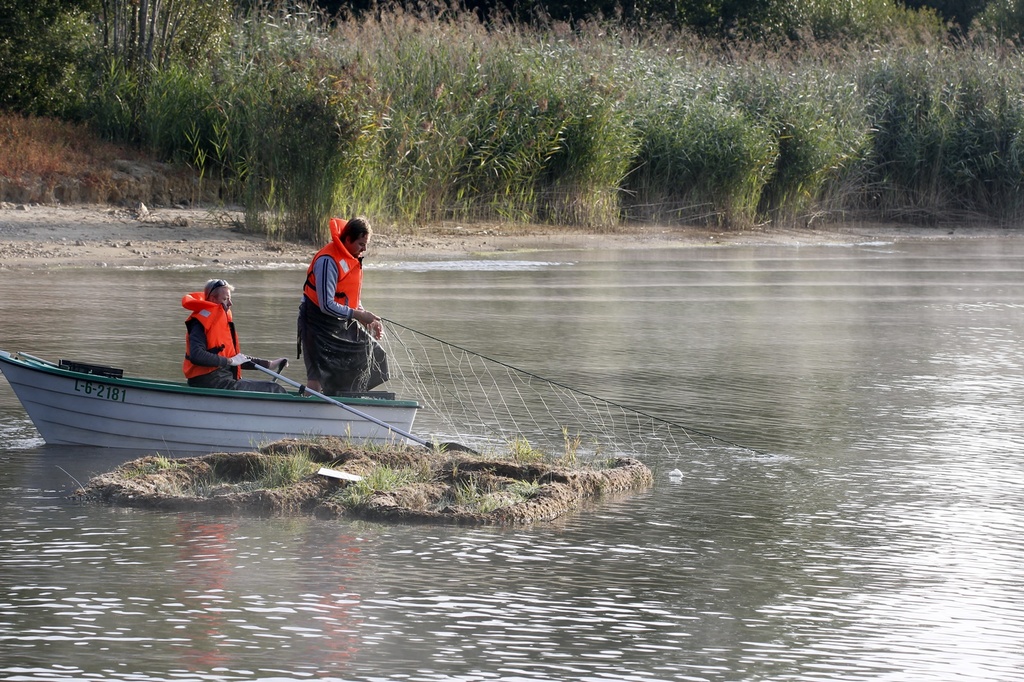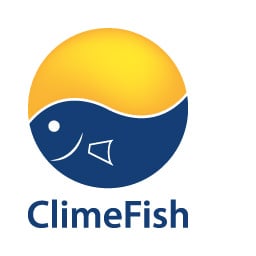Studying fish in the Czech Republic lakes
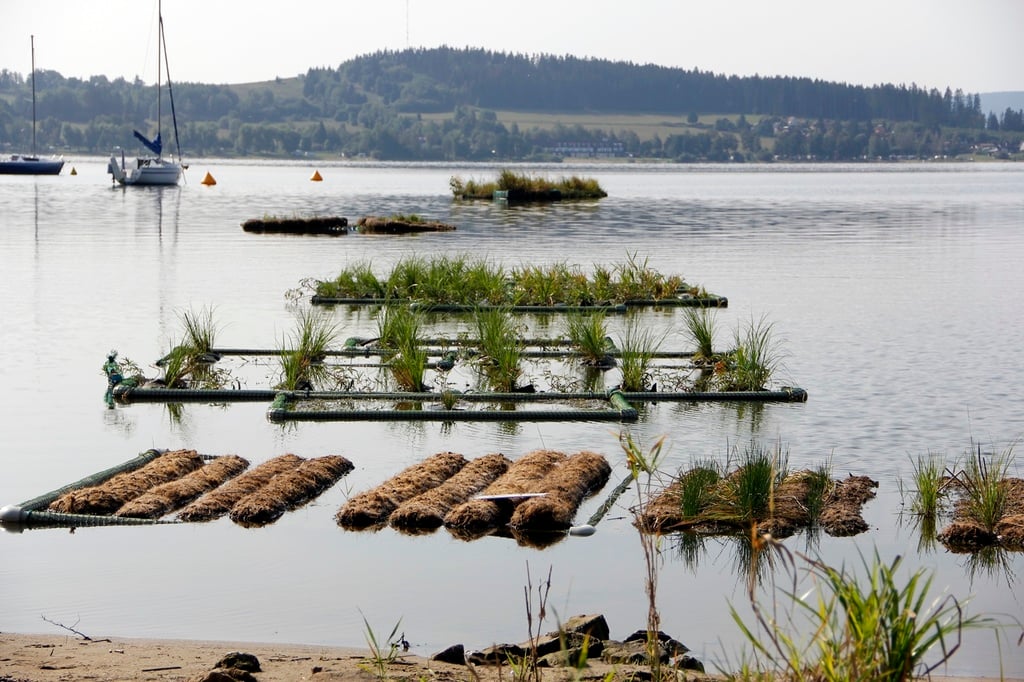
From The Biology Centre of the Czech Academy of Sciences, Institute of Hydrobiology, 58th Annual Report
Written by: Jan Kubečka
Since the Czech Republic has few small natural lakes, Czechs have had to build other lakes themselves. The country now has tens of thousands of artificially built lakes – mainly fishponds, reservoirs and flooded former mines. These waterbodies greatly supplement the natural lakes in our landscape. And the fact that these are practically the only lakes we have, explains why many people approach them like lakes and welcome the idea of defining and maintaining their ecological potential.
Defining good ecological potential of artificially built lakes is not a trivial task at all. All of them were built in a landscape heavily influenced by human activities, are relatively young and do not have undisturbed reference states. Ecological potential, the primary purpose of the reservoirs, cannot be judged as a stressor even if it often acts as an ecological stressor (power generation, water supply, flood protection and so on). Also the relative catchments of the reservoirs, where all the anthropogenic influences sum, and the intensity of human activities are usually larger than for the lakes of similar size. So the pressure on the reservoir systems is high and preserving good ecological potential here is a demanding task.
Fish are often used as easily understood indicators of ecological state. In 2017, two papers showed that ecological potential of fish in reservoirs can be assessed by similar indices as in lakes (Poikane et al., 2017, Blabolil et al, 2017). Deep glacial lakes in all surrounding countries contain usually some kind of whitefish (Coregonus). This genus is a real sentinel of oligo to mesotrophic conditions with reasonable ecological state. It is also a dominant and very efficient food web player of open water and is often an important commercial fish. As a coldwater fish they are one of the few who are able bring fish life to deeper layers below the epilimnion, and use their productivity. In Czechia, two species, Coregonus laveretus maraena and C. Peled were extensively produced by aquaculture and were introduced into all lowland reservoirs. In some of the reservoirs (reported from: Lipno, Orlík, Římov, Švihov, Žlutice) they established self-reproducing populations and reached high densities (for example in 2003 in the Lipno Reservoir whitefish represented some 15% of pelagic fish biomass). Growth data analysed by the University in Tromso (Norway) showed near optimal growth conditions in Czech waters and there was a hope that the reservoirs could develop coldwater fish communities like lakes. Unfortunately, despite good growth, all investigated populations of whitefish (Lipno, Římov, Žlutice) died out completely. Direct causes of extinction were never directly elucidated but the sad story of whitefish populations clearly shows that the conditions in Czech reservoirs are substantially worse than in neighbouring lakes.
However, whitefish is not yet out of play in Czechia. A few years ago, with the support of lake managers, whitefish was introduced into deep lakes created by the flooding of former opencast mines. So far whitefish have established in both lakes, reproduce every year and occupy a very important space of pelagic planktivore, illustrating that the survival of these fish in our conditions is possible.
As we try to save whitefish where possible to get closer to a natural state, more changes happen in our waters. Cyprinid dominated fish communities were shown to be very stable in a number of studies. Their abundant presence was selected as the main fish indicator of degraded ecological state or potential (Poikane et al, 2017). In Czech conditions, where predatory fish are intensively angled, the populations of predators so far have not been able to control the spread of cyprinids and their overpopulating. Such state was valid for many decades but it may be changing. With the increase of spring temperatures, the conditions improved for the apex predator of European waters – wels catfish (Silurus glanis). Previously it was practically fully dependent on artificial stocking, while in the last decade it started to reproduce regularly in Czech reservoirs. The densities of this species became higher and the superdominance of cyprinids and populations of other predators seems to be under pressure. The situation is complicated by the fact that wels is underestimated by most ichthyological methods and the information on its biology is not sufficient. Recent paper of Vejřík et al, 2017 and subsequent telemetry work show its enormous generalism and adaptability in life strategies which predetermines its high ecological role in future.
Some desired species are vanishing while some new important players are emerging. These two examples show how difficult it is to define and maintain ecological potential of artificial and heavily modified water bodies in the changing word. The only one way to do it right is through thorough understanding of functioning of individual key elements of the food webs. However laborious it is to discover the secrets of the cryptic underwater world, the mysteries under the surface will never stop attracting the curiosity of people who love the water. This exciting process of discoveries and their applications is a future promise, that we should be able create very interesting ecosystems even in artificial and heavily modified water bodies in man-made landscapes.
Read the whole Annual Report here: AR_2017_NET
Top image: Floating wetlands aimed to increase biodiversity and habitat structural diversity, here for more information.
